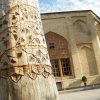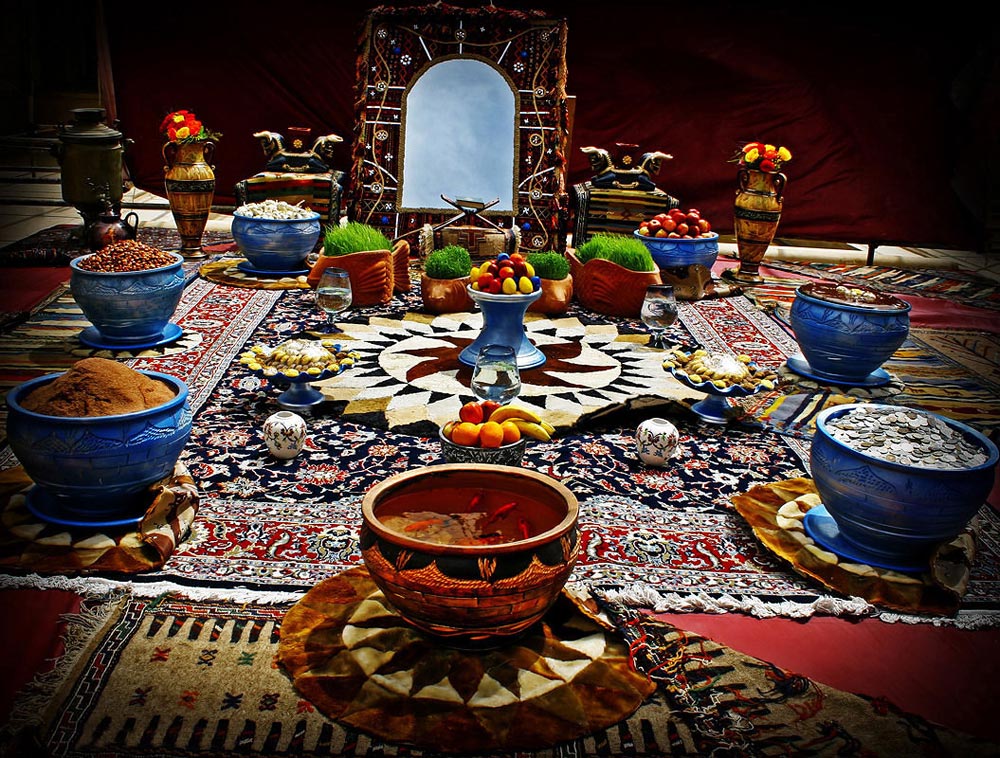The highest peak in the entire Middle East and the highest volcano in all of Asia, Mount Damavand stands high among the Alps. To this day it is still a legend, potentially active volcano and a hotspot for climbers, adventurists and tourists. It is located near the southern shore of the Caspian Sea, in the middle of the Alborz mountain range. Being only 66 kilometers northeast of Tehran, it is a conveniently nearby attraction for visitors of the capital city. Mount Damavand is, technically, a stratovolcano which means it is of a steep cone-shaped profile, made up of many layers of hardened lava and volcanic ash and has periodic eruptions. However for seekers, this is not to be a cause of worry as the last eruption of Mount Damavand was 7,300 years ago.
Within the legendary mountain, one can find mineral hot springs located at the base. One hot spring flowing to a nearby village, Larijan, is known for treating chronic wounds and skin diseases. The mountain itself has 16 known routes leading up to the peak which vary in levels of difficulty. The Southern route is the most popular, which has a resting shelter at the midway point (at 4,220 meters/13,845 feet). The Northeastern route is the longest, taking two whole days to complete with one night’s stay at Takht-e Fereidoun (at 4,300 meters/ 13,000 feet). At the 5100 meter mark, one will find a spectacular frozen waterfall, the tallest waterfall/icefall (12 meters) in all of the Middle East, named Ābshār Yakhī.
Among the diverse wildlife that this mountainous region is famous for, are some notable species of animals: Brown Trout, Red Sheep, Wild Mountain Goats, Persian leopard, Syrian brown bear, snow vole and Afghan pika. There is also a wide plethora of birds, from Golden eagles and Caspian snowcocks to rosefinches and rock sparrows, that are native and migratory; coming from as far as Africa and India for breeding.
In the scope of mountain climbing/hiking, it is recognized as the 12th highest prominent peak in the world and in the realm of Persian mythology and folklore literature, it is of significant meaning and value. For adventure seekers and climbers/hikers, it stands as an epic obstacle to conquer and in Persian poetry and literature, it stands as a symbol of resistance against tyranny and foreign rule. From whichever point of view, this giant legend is one of great significance to the Persian culture and land.
Recommended Reads | Internet Access in Iran
City/Town: Tehran
Address: Lar Dam Road, After Plour Area, Haraz Road.
Neighborhood: Lar Lake – Lar National Park – Ab-e Ask – Polour – Abshar-e Shirgah Protected Area










